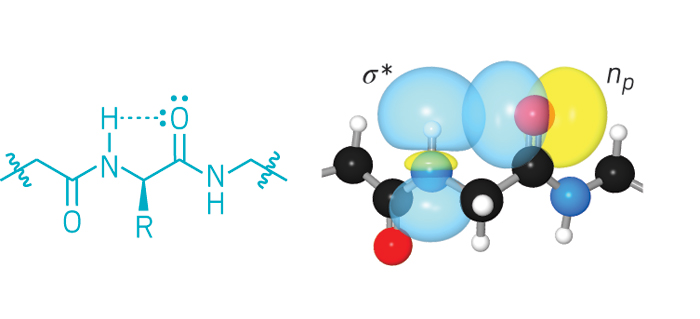Advertisement
Grab your lab coat. Let's get started
Welcome!
Welcome!
Create an account below to get 6 C&EN articles per month, receive newsletters and more - all free.
It seems this is your first time logging in online. Please enter the following information to continue.
As an ACS member you automatically get access to this site. All we need is few more details to create your reading experience.
Not you? Sign in with a different account.
Not you? Sign in with a different account.
ERROR 1
ERROR 1
ERROR 2
ERROR 2
ERROR 2
ERROR 2
ERROR 2
Password and Confirm password must match.
If you have an ACS member number, please enter it here so we can link this account to your membership. (optional)
ERROR 2
ACS values your privacy. By submitting your information, you are gaining access to C&EN and subscribing to our weekly newsletter. We use the information you provide to make your reading experience better, and we will never sell your data to third party members.
Environment
Crystallographic Noise Characterizes Enzyme
A new X-ray method teases out minor conformational states of enzymes that are key to catalytic activity
by Jyllian N. Kemsley
December 7, 2009
| A version of this story appeared in
Volume 87, Issue 49

A new method to identify and analyze the contributions of minor conformational states of enzymes to catalysis takes advantage of crystallographic data normally discarded as noise, reports a research team led by Dorothee Kern of Brandeis University and Tom Alber of the University of California, Berkeley (Nature 2009, 462, 669). The researchers dug into high-resolution, room-temperature X-ray crystallography data on the human proline isomerase enzyme cyclophilin A to look at electron density below the normal noise threshold and identify secondary peaks indicative of minor conformations. They then mutated a residue far from the enzyme’s active site, switching out a serine for threonine, to sterically stabilize a minor conformational form. NMR studies of the altered enzyme revealed that the mutation shifted the equilibrium between the major and minor conformers to favor the minor form, with a corresponding 300-fold slowing of conformational dynamics and reduction in catalytic turnover. The results directly demonstrate that both chemical interactions and interconversion of conformational states are necessary for catalysis, the researchers say. They add that the approach may prove to be a general strategy to identify and evaluate the roles of hidden, higher energy conformations in other enzymes.





Join the conversation
Contact the reporter
Submit a Letter to the Editor for publication
Engage with us on Twitter